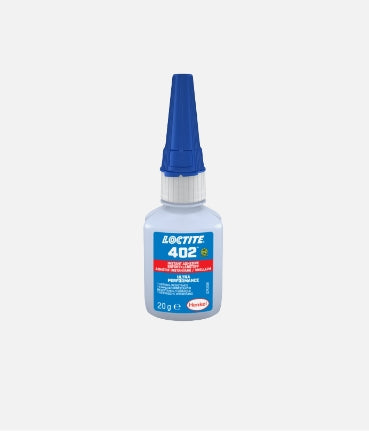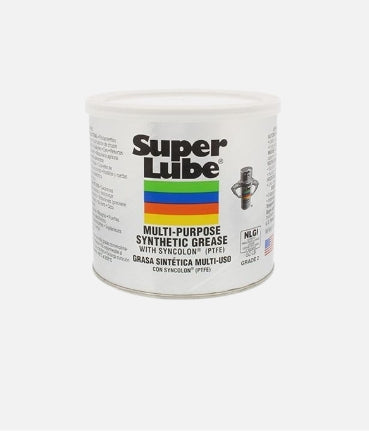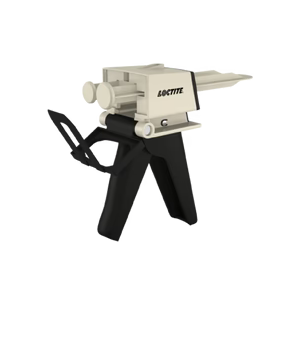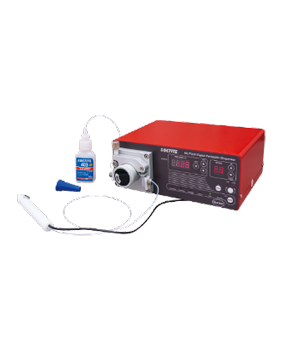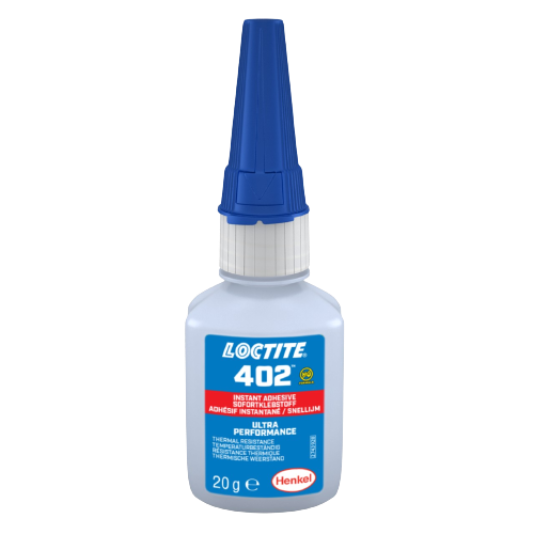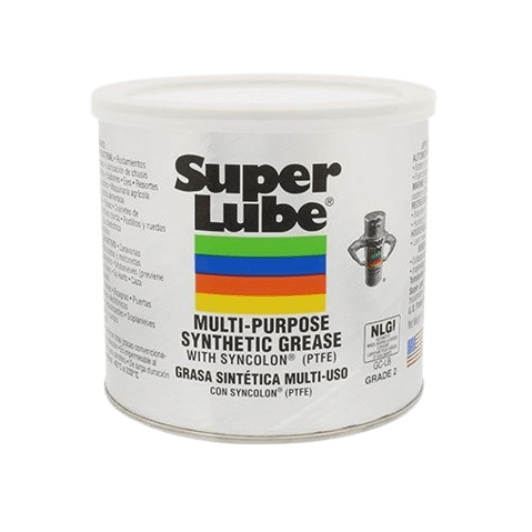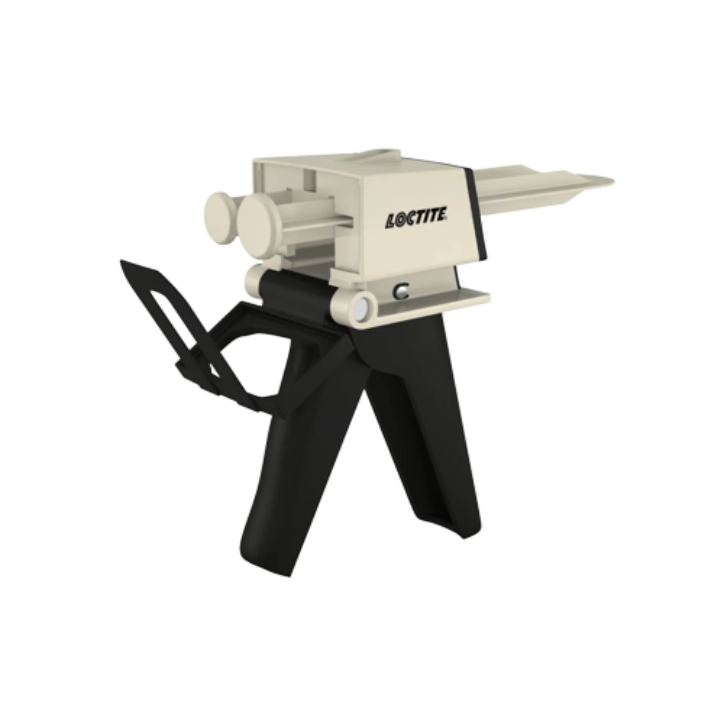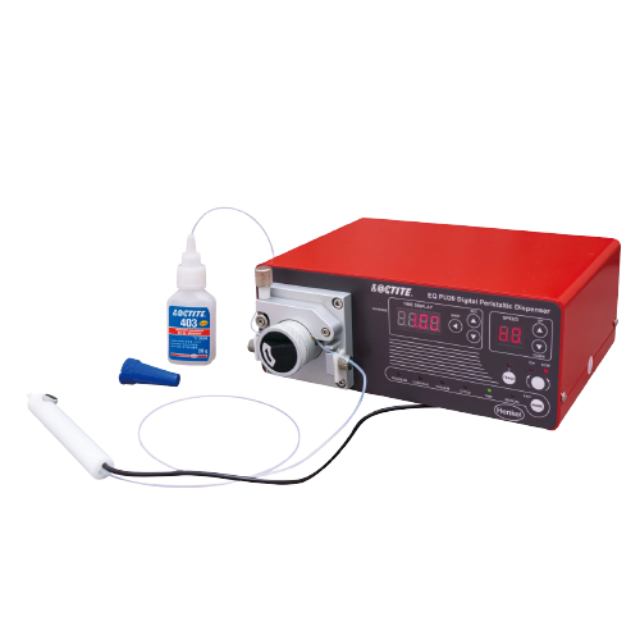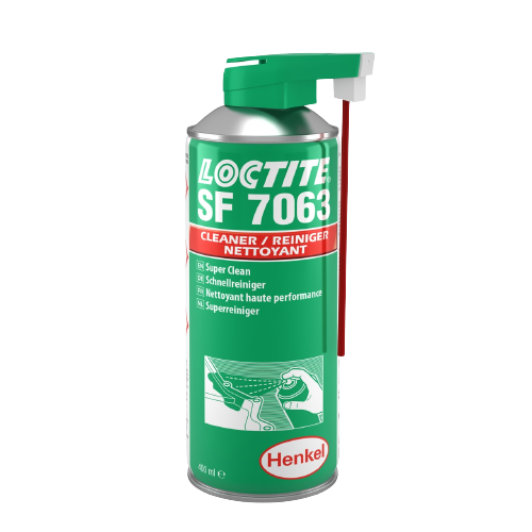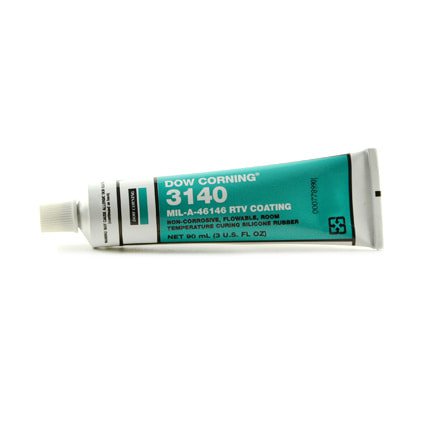
Dowsil RTV 3140 Coating Non-Corrosive 90ml
Description
Dow DOWSIL 3140 RTV Coating Clear is a one component, room temperature curing, solvent free coating that is used for pin sealing, increased solder joint coverage, thin section encapsulation, and protecting sensitive components from corrosion. It is self leveling, flowable, and flame resistant. 90 mL Tube.
DOWSIL™ 3140 RTV Coating is suitable for:
For best results, Dow adhesives should be stored at or below the storage temperature listed
on the product label. Special precautions must be taken to prevent moisture from contacting
these materials. Containers should be kept tightly closed with head or air space minimized.
Partially filled containers should be purged with dry air or other gases, such as nitrogen. The
product should be stored in its original packaging with the cover tightly attached to avoid
any contamination. Store in accordance with any special instructions listed on the product
label. The product should be used by its Use Before date as indicated on the product label
All surfaces should be thoroughly cleaned and/or degreased with Dow OS fluids, naphtha,
mineral spirits, methyl ethyl ketone (MEK) or other suitable solvent. Solvents such as
acetone or isopropyl alcohol (IPA) do not tend to remove oils well, and any oils remaining on
the surface may interfere with adhesion. Light surface abrasion is recommended whenever
possible, because it promotes good cleaning and increases the surface area for bonding. A
final surface wipe with acetone or IPA is also useful. Some cleaning techniques may provide
better results than others; users should determine the best techniques for their particular
applications.
Due to the wide variety of substrate types and differences in substrate surface conditions,
general statements on adhesion and bond strength are impossible. To ensure maximum
bond strength on a particular substrate, cohesive failure of the product in a lap shear or
similar test is needed to ensure compatibility of the adhesive with the substrate being
considered. Also, this test can be used to determine minimum cure time or to detect the
presence of surface contaminants such as mold release agents, oils, greases and oxide
films.
Dow adhesives are specially formulated to provide unprimed adhesion to many reactive
metals, ceramics and glass, as well as to selected laminates, resins and plastics. However,
good adhesion cannot be expected on non-reactive metal substrates or non-reactive plastic
surfaces such as Teflon, polyethylene or polypropylene. Special surface treatments such as
chemical etching or plasma treatment can sometimes provide a reactive surface and
promote adhesion to these types of substrates Dow primers can be used to increase the
chemical activity on difficult substrates. Poor adhesion may be experienced on plastic or
rubber substrates that are highly plasticized, because the mobile plasticizers act as release
agents. Small-scale laboratory evaluation of all substrates is recommended before
production trials are made
For most uses, silicone adhesives should be operational over a temperature range of -45 to
200°C (-49 to 392°F) for long periods of time. However, at both the low and high
temperature ends of the spectrum, behavior of the materials and performance in particular
applications can become more complex and require additional considerations. For lowtemperature performance, thermal cycling to conditions such as -55°C (-67°F) may be
possible, but performance should be verified for your parts or assemblies. Factors that may
influence performance are configuration and stress sensitivity of components, cooling rates
and hold times, and prior temperature history. At the high-temperature end, the durability of
the cured silicone elastomer is time and temperature dependent. As expected, the higher
the temperature, the shorter the time the material will remain useable.
The silicone adhesive discussed in this literature is intended only to survive splash or
intermittent exposures. It is not suited for continuous solvent or fuel exposure. Testing
should be done to confirm performance of the adhesives under these conditions.
PRODUCT SAFETY INFORMATION REQUIRED FOR SAFE USE IS NOT INCLUDED IN
THIS DOCUMENT. BEFORE HANDLING, READ PRODUCT AND SAFETY DATA SHEETS
AND CONTAINER LABELS FOR SAFE USE, PHYSICAL AND HEALTH HAZARD
INFORMATION. THE SAFETY DATA SHEET IS AVAILABLE ON THE DOW WEBSITE AT
WWW.CONSUMER.DOW.COM, OR FROM YOUR DOW SALES APPLICATION
ENGINEER, OR DISTRIBUTOR, OR BY CALLING DOW CUSTOMER SERVICE.
Health And Environmental
To support customers in their product safety needs, Dow has an extensive Product
Stewardship organization and a team of product safety and regulatory compliance specialists
available in each area. For further information, please see our website, www.consumer.dow.com or consult your
local Dow representative.
Read More
Read Less
Dowsil RTV 3140 Coating Non-Corrosive 90ml
Dow DOWSIL 3140 RTV Coating Clear is a one component, room temperature curing, solvent free coating that is used for pin sealing, increased solder joint coverage, thin section encapsulation, and protecting sensitive components from corrosion. It is self leveling, flowable, and flame resistant. 90 mL Tube.
FEATURES & BENEFITS
- Good flowability
- Room temperature cure
- No added solvents
- UL 94 V-1, IPC-CC-830 and MIL-A-46146 tested
- No mixing required
- Room temperature cure, no ovens required
- Faster in-line processing with optional heat acceleration
- Able to flow, fill or self-leveling after dispensing
- Can be considered for uses requiring added flame resistance, IPC or Mil Spec testing
- UV indicator for manual and automated inspection
APPLICATIONS
DOWSIL™ 3140 RTV Coating is suitable for:
- Protection of corrosion-sensitive components
- Protection of rigid and flexible circuit boards
- Improved pin/solder joint coverage
- Thin-section encapsulation
- Pin sealing
Usable Life And Storage
For best results, Dow adhesives should be stored at or below the storage temperature listed
on the product label. Special precautions must be taken to prevent moisture from contacting
these materials. Containers should be kept tightly closed with head or air space minimized.
Partially filled containers should be purged with dry air or other gases, such as nitrogen. The
product should be stored in its original packaging with the cover tightly attached to avoid
any contamination. Store in accordance with any special instructions listed on the product
label. The product should be used by its Use Before date as indicated on the product label
Preparing Surfaces
All surfaces should be thoroughly cleaned and/or degreased with Dow OS fluids, naphtha,
mineral spirits, methyl ethyl ketone (MEK) or other suitable solvent. Solvents such as
acetone or isopropyl alcohol (IPA) do not tend to remove oils well, and any oils remaining on
the surface may interfere with adhesion. Light surface abrasion is recommended whenever
possible, because it promotes good cleaning and increases the surface area for bonding. A
final surface wipe with acetone or IPA is also useful. Some cleaning techniques may provide
better results than others; users should determine the best techniques for their particular
applications.
Substrate Testing
Due to the wide variety of substrate types and differences in substrate surface conditions,
general statements on adhesion and bond strength are impossible. To ensure maximum
bond strength on a particular substrate, cohesive failure of the product in a lap shear or
similar test is needed to ensure compatibility of the adhesive with the substrate being
considered. Also, this test can be used to determine minimum cure time or to detect the
presence of surface contaminants such as mold release agents, oils, greases and oxide
films.
Adhesion
Dow adhesives are specially formulated to provide unprimed adhesion to many reactive
metals, ceramics and glass, as well as to selected laminates, resins and plastics. However,
good adhesion cannot be expected on non-reactive metal substrates or non-reactive plastic
surfaces such as Teflon, polyethylene or polypropylene. Special surface treatments such as
chemical etching or plasma treatment can sometimes provide a reactive surface and
promote adhesion to these types of substrates Dow primers can be used to increase the
chemical activity on difficult substrates. Poor adhesion may be experienced on plastic or
rubber substrates that are highly plasticized, because the mobile plasticizers act as release
agents. Small-scale laboratory evaluation of all substrates is recommended before
production trials are made
Useful Temperature Ranges
For most uses, silicone adhesives should be operational over a temperature range of -45 to
200°C (-49 to 392°F) for long periods of time. However, at both the low and high
temperature ends of the spectrum, behavior of the materials and performance in particular
applications can become more complex and require additional considerations. For lowtemperature performance, thermal cycling to conditions such as -55°C (-67°F) may be
possible, but performance should be verified for your parts or assemblies. Factors that may
influence performance are configuration and stress sensitivity of components, cooling rates
and hold times, and prior temperature history. At the high-temperature end, the durability of
the cured silicone elastomer is time and temperature dependent. As expected, the higher
the temperature, the shorter the time the material will remain useable.
Solvent Exposure
The silicone adhesive discussed in this literature is intended only to survive splash or
intermittent exposures. It is not suited for continuous solvent or fuel exposure. Testing
should be done to confirm performance of the adhesives under these conditions.
Handling Precautions
PRODUCT SAFETY INFORMATION REQUIRED FOR SAFE USE IS NOT INCLUDED IN
THIS DOCUMENT. BEFORE HANDLING, READ PRODUCT AND SAFETY DATA SHEETS
AND CONTAINER LABELS FOR SAFE USE, PHYSICAL AND HEALTH HAZARD
INFORMATION. THE SAFETY DATA SHEET IS AVAILABLE ON THE DOW WEBSITE AT
WWW.CONSUMER.DOW.COM, OR FROM YOUR DOW SALES APPLICATION
ENGINEER, OR DISTRIBUTOR, OR BY CALLING DOW CUSTOMER SERVICE.
Health And Environmental
Information
To support customers in their product safety needs, Dow has an extensive Product
Stewardship organization and a team of product safety and regulatory compliance specialists
available in each area. For further information, please see our website, www.consumer.dow.com or consult your
local Dow representative.

Dowsil RTV 3140 Coating Non-Corrosive 90ml
Sale price$0.00
Regular price (/)
Products and Adhesive / Sealant
Categories
Dow Corning
Products Brand
This product has no reviews yet.

